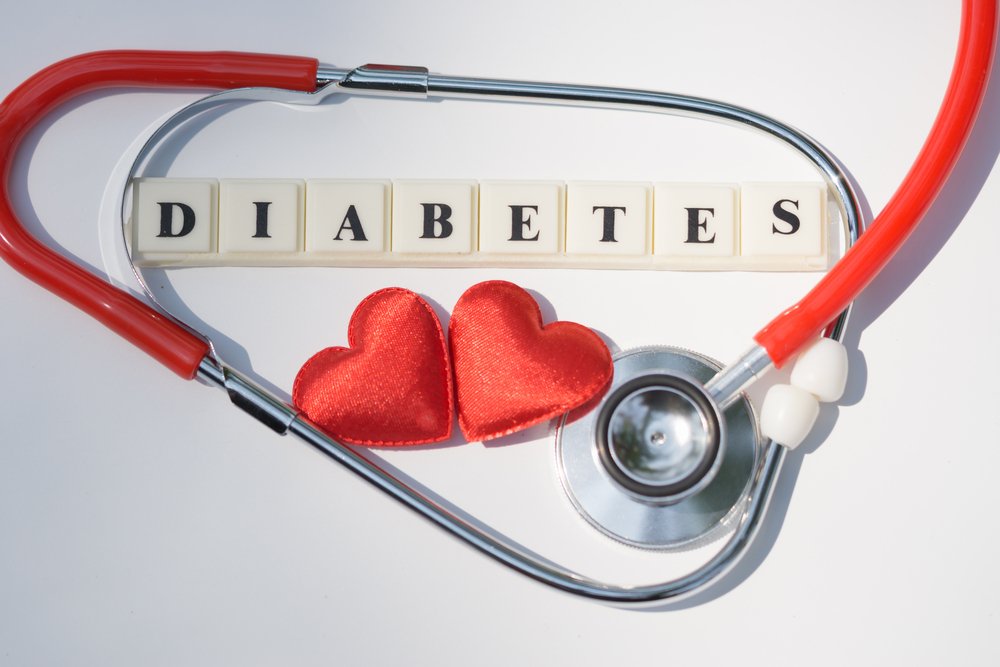Why researchers looked at athletes’ omega-3 status
A multi-school team set out to understand how well NCAA Division I athletes meet recommended intakes of the long-chain omega-3s EPA and DHA, and whether those habits show up in their blood. They combined a detailed diet and supplement survey with an Omega-3 Index blood test to get a clear picture of both intake and status.
Who took part and how the study worked
More than 1,500 student-athletes from Power Five programs completed a food-frequency questionnaire that captured fish and shellfish intake as well as plant sources of alpha-linolenic acid (ALA) and any omega-3 supplements. About 300 of those athletes also provided a finger-stick blood sample to measure their Omega-3 Index—the percentage of EPA+DHA in red blood cell membranes, a long-term marker of omega-3 status linked to heart, brain, eye and joint health. An Index between 8% and 12% is considered the low-risk zone; most populations worldwide fall below that range.
What the athletes eat—and don’t
Fewer than half reported eating fish twice weekly, and salmon and shrimp were the only EPA/DHA-rich foods consumed by a majority. Plant sources of ALA were common—canola oil, walnuts, chia and flax showed up frequently—but these do not reliably convert to the longer-chain EPA and DHA the body uses directly. Men reported higher EPA/DHA intake than women, while women reported more ALA. Notably, those intake differences did not translate into higher blood levels for men, suggesting body size, energy needs and program resources may dilute modest intake advantages.
The blood test results
Among the athletes who tested, the average Omega-3 Index was just 4.3%, and no one reached the 8% target. Each additional weekly serving of seafood was associated with a 0.27-point rise in the Index, and athletes who used omega-3 supplements had higher values than non-users (4.7% versus 3.7%). Meeting the Academy of Nutrition and Dietetics’ intake recommendation of 500 mg/day EPA+DHA was tied to a higher Index (5.4% versus 4.3%), but even that fell short of the protective range. In short, diet alone—at current patterns—didn’t get athletes to optimal status.
Why this matters for sport
The NCAA’s 2019 rule change allowing athletic departments to provide omega-3 supplements has increased access, but data were needed to guide practice. These findings suggest many athletes may have higher omega-3 needs than the general population due to training load, metabolism and inflammatory demands, and that seafood intake alone often won’t close the gap. Researchers called for athlete-specific recommendations and more work on doses that best support neuroprotection and brain health—key concerns in contact and collision sports.
A broader view: omega-3s, youth sports and the brain
Experts note that the implications extend beyond college. Participation in concussive sports begins early, and building adequate omega-3 stores in developing brains may be just as important for younger athletes. The increased visibility of omega-3s at the collegiate level could help parents and coaches prioritize these nutrients sooner.
A related signal from distance running
Separate observational research in non-elite runners found that higher weekly mileage was linked to a progressively lower Omega-3 Index and a higher AA/EPA ratio—patterns consistent with a more pro-inflammatory fatty-acid profile as training volume climbs. The authors proposed that endurance athletes may benefit from regular omega-3-rich foods or supplementation to counteract training-related shifts, a hypothesis that warrants larger, prospective studies.
The practical takeaway
Most Division I athletes in this large, diverse sample were not meeting EPA/DHA intake targets, and none achieved an optimal Omega-3 Index through diet alone. Given the clear association between intake, supplementation and higher blood levels, programs and athletes aiming for the 8–12% range should combine frequent omega-3-rich seafood with a quality EPA/DHA supplement and verify progress with periodic Omega-3 Index testing.




